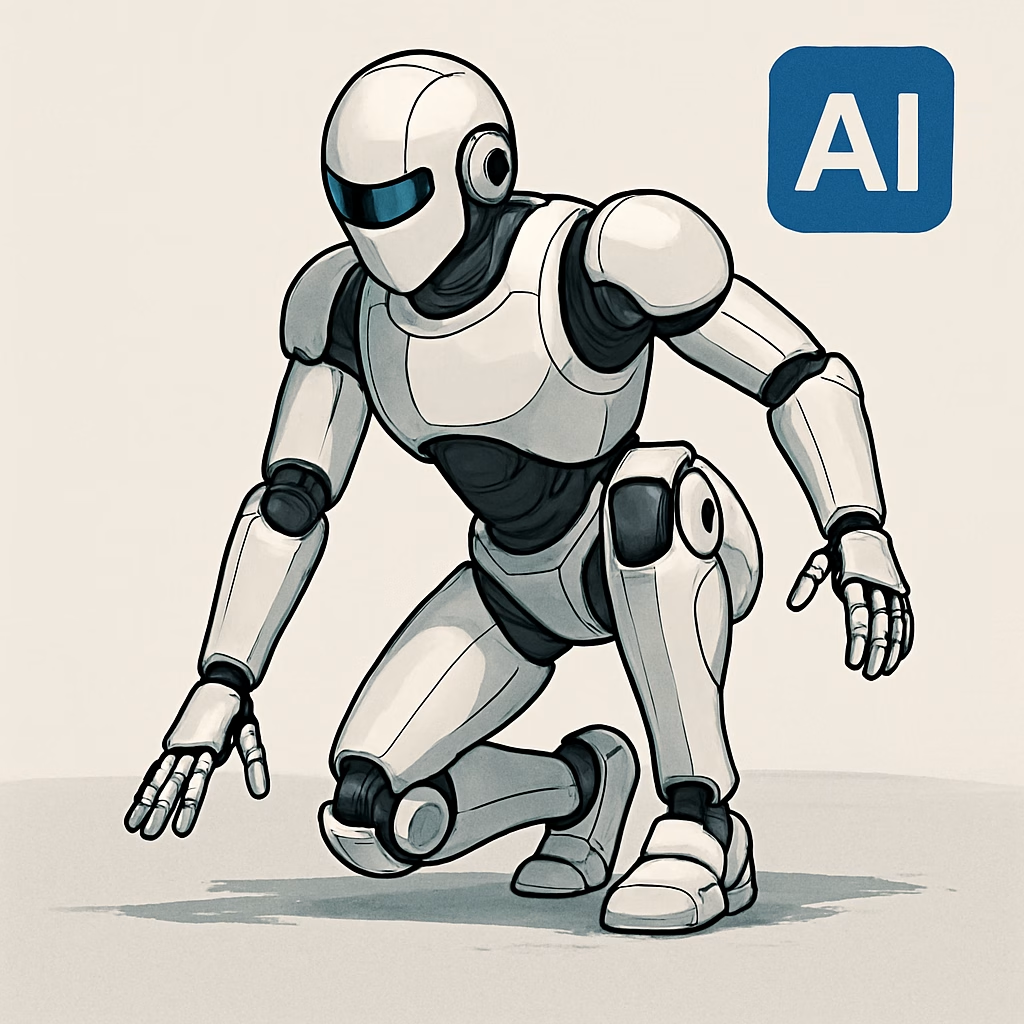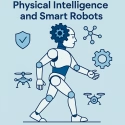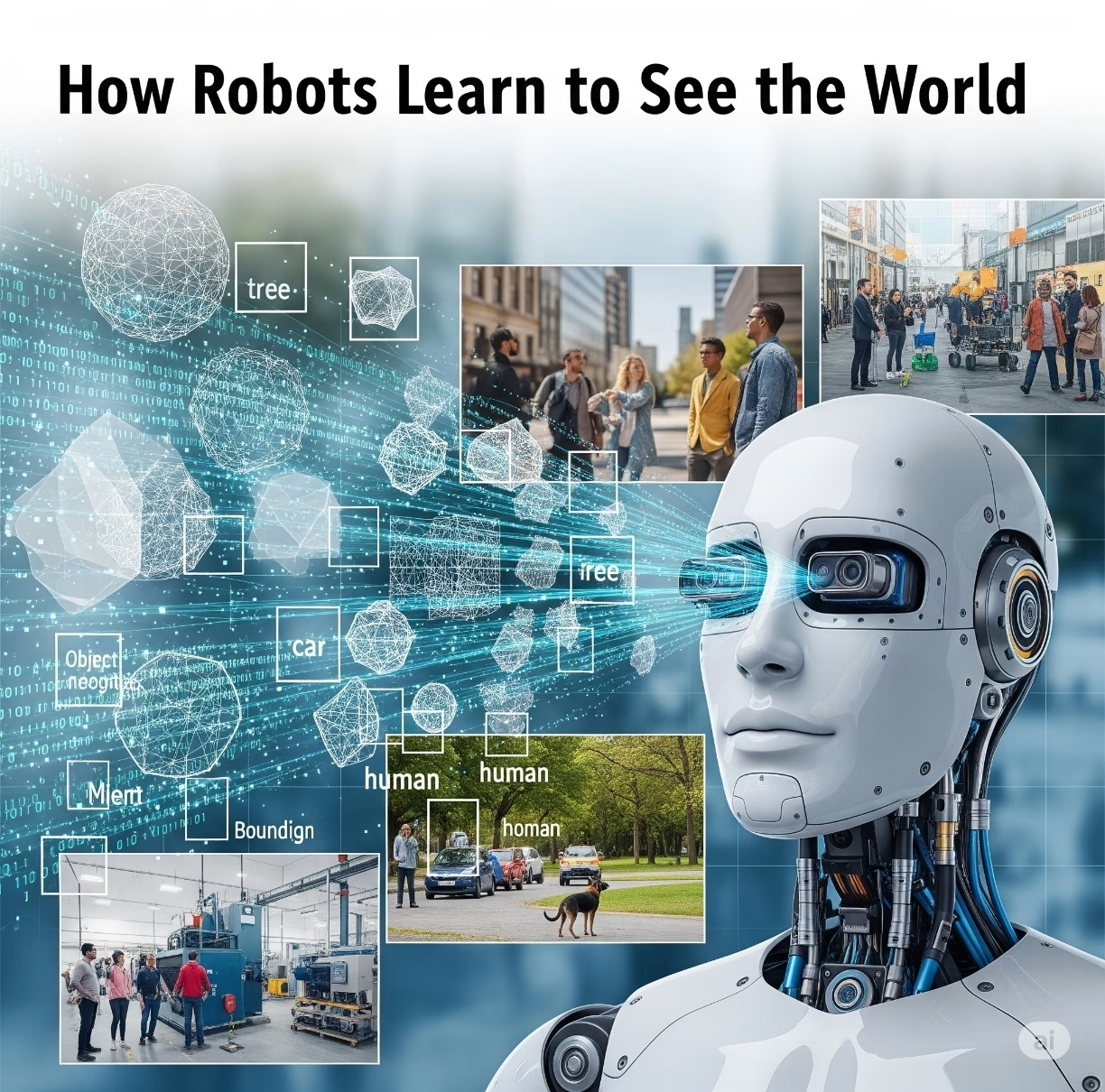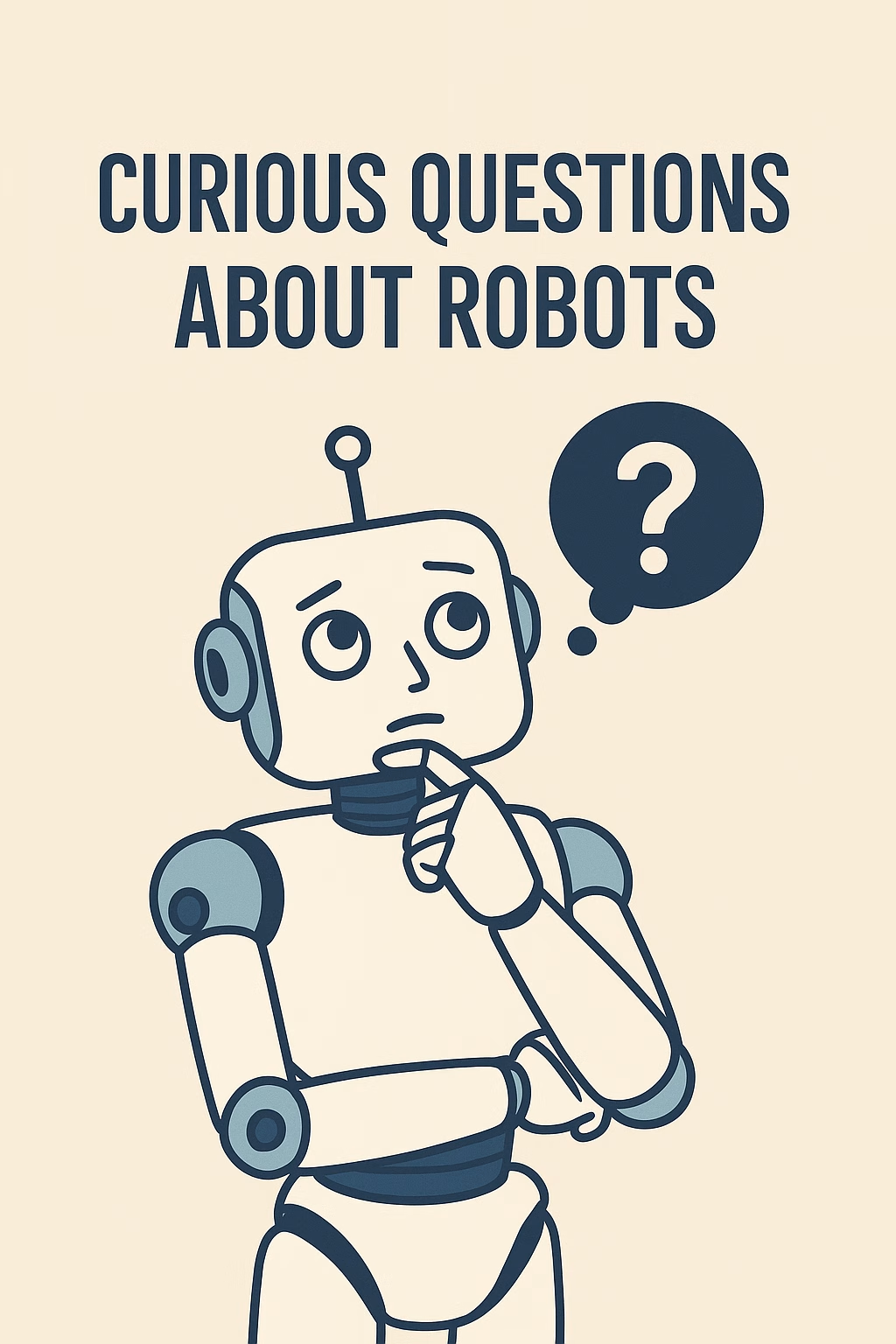When a robot falls over, it’s more than just a stumble—it’s a test of its balance system, mechanical design, and artificial intelligence. For robots to operate in the real world, they must be able to get up autonomously after a fall, just like humans do. This ability is crucial in fields like home robotics, disaster response, elderly care, and industrial automation.
In this article, we’ll explore how robots detect falls, plan recovery movements, and execute complex actions to stand back up.
📉 Why Do Robots Fall?
Robots may fall due to:
- Uneven terrain
- Collisions
- Slippery surfaces
- Poor balance or incorrect weight distribution
- External forces (e.g., being pushed)
Understanding how they fall helps engineers design better recovery systems.
🧠 Step 1: Fall Detection
The first thing a robot must do is realize it has fallen. This is achieved using:
- Inertial Measurement Units (IMU): Accelerometers and gyroscopes measure sudden changes in orientation or velocity.
- Force sensors: Detect unusual pressure or lack of ground contact on limbs.
- Visual sensors: Cameras or depth sensors recognize that the robot’s view has changed drastically.
Once the fall is detected, the robot initiates a recovery protocol.
🛠 Step 2: Assessing the Posture
The robot evaluates:
- Its current position (face-up, face-down, on side)
- Which limbs are trapped or free
- Nearby obstacles or humans
- Energy levels (to ensure safe standing)
This posture analysis guides the choice of recovery movement.
🤸 Step 3: Recovery Strategy and Motion Planning
Robots use pre-programmed motion sequences or dynamic motion planning to get up. There are usually different strategies for each situation:
🧍 Getting Up from Face-Down:
- Push arms against the ground
- Tuck legs underneath
- Shift weight toward center of mass
- Push torso upward to standing position
🛌 Getting Up from Face-Up:
- Roll to side first
- Use hands to lift torso
- Swing legs underneath
- Push up with hands and feet
🧍 Getting Up with Help:
In collaborative environments, robots may also request help (e.g., from humans or other robots) using lights, audio, or signals.
⚙️ Step 4: Execution with Balance Control
Standing up is a dynamic action involving:
- Torque control in joints
- Feedback loops from sensors
- Balance algorithms (like ZMP – Zero Moment Point, or Model Predictive Control)
Robots constantly adjust to avoid tipping over during the recovery.
🧪 Step 5: Testing and Learning
Advanced robots (especially humanoids like Boston Dynamics’ Atlas) use machine learning and reinforcement learning to improve their get-up skills over time.
They perform:
- Simulation training (virtual falls and recovery)
- Real-world practice
- Optimization based on success/failure data
This helps them generalize and get better at handling unknown scenarios.
🚀 Real-World Examples
| Robot | Recovery Feature |
|---|---|
| Atlas (Boston Dynamics) | Dynamic flips and get-up routines with real-time balance |
| Honda ASIMO | Predefined recovery sequences from back or front falls |
| NAO Robot | Uses sensors to detect fall type and execute correct get-up motion |
| Spot (Boston Dynamics) | Dog-like robot that uses limbs and learning-based motion recovery |
🔒 Safety Considerations
When robots fall, there’s risk of:
- Self-damage (broken limbs, motor strain)
- Environmental damage (knocking things over)
- Injury to humans nearby
Thus, recovery must also include:
- Controlled speed and force
- Collision-avoidance
- Emergency shutdown if recovery fails
🌐 Conclusion
The ability of a robot to get up after falling is a combination of hardware durability, sensor feedback, intelligent planning, and motion control. This seemingly simple act is actually a showcase of robotics’ most advanced systems working in harmony.
As robots become more agile and human-like, their ability to recover from falls will only get better—paving the way for safer, more reliable machines in our daily lives.
💬 What do you think about self-righting robots? Would you feel safe around a humanoid that can fall and stand up on its own? Leave a comment and join the discussion below!
🏠 Visit us at for more insights into AI and robotics technology!
Share your thoughts in the comments and join the discussion on ROBOFORUM – the community for future-minded thinkers in robotics and AI!
Leave a comment and join the discussion. If you’re not already subscribed, please subscribe or log in









